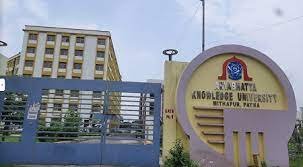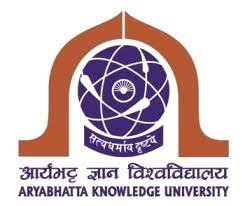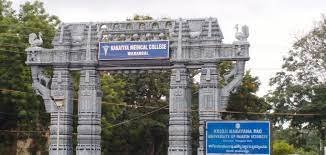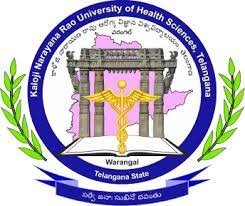"Discover the admission process for the PG Diploma in Anesthesiology. Begin your journey into the specialized field of anesthesia."
Admission Process for PG Diploma in Anesthesiology Course
The Postgraduate (PG) Diploma in Anesthesiology is a specialized medical program designed to train healthcare professionals in the field of anesthesiology, which is crucial for administering anesthesia and managing patients during surgical procedures. To pursue this program, candidates need to meet specific eligibility criteria and successfully go through the admission process. In this comprehensive guide, we will explore the eligibility criteria and provide an overview of the Admission Process for the PG Diploma in Anesthesiology.
Eligibility Criteria for PG Diploma in Anesthesiology
The Eligibility Criteria for Admission to a PG Diploma program in Anesthesiology can vary among institutions and countries. However, the following are typical prerequisites:
-
Medical Degree (MBBS): Candidates must have completed a recognized medical degree, typically MBBS (Bachelor of Medicine, Bachelor of Surgery), from a medical institution recognized by the respective medical council or regulatory authority.
-
Internship Completion: In many cases, candidates are required to have completed a mandatory rotating internship of 1 year or more after obtaining their MBBS degree. This internship provides practical exposure to various medical disciplines.
-
Medical Registration: Candidates should be registered with the appropriate medical council or regulatory authority in their respective country, ensuring that they are legally authorized to practice medicine.
-
Minimum Marks: Some institutions may specify a minimum academic performance or qualifying score in the MBBS program. This minimum may vary between programs and institutions.
-
Experience (Preferred): While not always mandatory, having prior clinical experience in anesthesia or related medical fields can be an advantage during the admission process. Experience demonstrates a candidate's commitment and familiarity with the field.
-
Entrance Examination (if applicable): Depending on the institution and country, candidates may need to qualify for a specific entrance examination that assesses their medical knowledge and aptitude for anesthesiology.
-
Language Proficiency: For programs conducted in languages other than the candidate's native language, language proficiency tests such as IELTS or TOEFL may be required.
-
Interview (Possibly): Some institutions conduct interviews as part of the admission process to assess the candidate's motivation, communication skills, and suitability for the program.
Admission Process for PG Diploma in Anesthesiology
The Admission Process for a PG Diploma program in Anesthesiology typically involves the following steps:
-
Application Submission: Candidates start by submitting a detailed application form, along with all required documents, including academic certificates, internship completion certificates, medical registration, and other relevant documents. Application forms are typically available on the official website of the institution offering the program.
-
Application Review: The admissions committee reviews all applications to assess the candidates' eligibility, academic background, and suitability for the program.
-
Entrance Examination (if applicable): If the program requires an entrance examination, candidates must register for and appear for the exam. Performance in the entrance examination may play a significant role in the selection process.
-
Interview (if applicable): Some institutions conduct interviews to evaluate the candidates further. Interviews assess the candidate's motivation, communication skills, and understanding of anesthesiology.
-
Selection and Offer: Successful candidates receive an official offer of admission from the institution. This offer typically includes details about the program, tuition fees, and other relevant information.
-
Enrollment and Fee Payment: Admitted students must complete the enrollment process, which includes submitting the required documents and paying the tuition fees within the specified deadline.
-
Orientation: Newly enrolled students attend an orientation program, where they learn about the program's structure, curriculum, faculty, facilities, and other important aspects.
-
Commencement of Classes: Classes for the PG Diploma in Anesthesiology program begin as per the academic calendar. Students engage in lectures, clinical training, and practical sessions related to anesthesiology.
-
Clinical Training: An essential component of the program is clinical training, where students gain hands-on experience in administering anesthesia and managing patients during surgical procedures.
-
Assessments and Examinations: Throughout the program, students are assessed through examinations, practical demonstrations, and clinical evaluations. Successful completion of the program requires proficiency in both theoretical knowledge and practical skills.
-
Award of Diploma: Upon successfully completing the PG Diploma program in Anesthesiology, candidates receive the diploma, recognizing their specialized expertise in this field of medicine.
 1 Years
1 Years
 Post Graduate
Post Graduate
 Paramedical Science
Paramedical Science
 Full Time
Full Time





 back
back